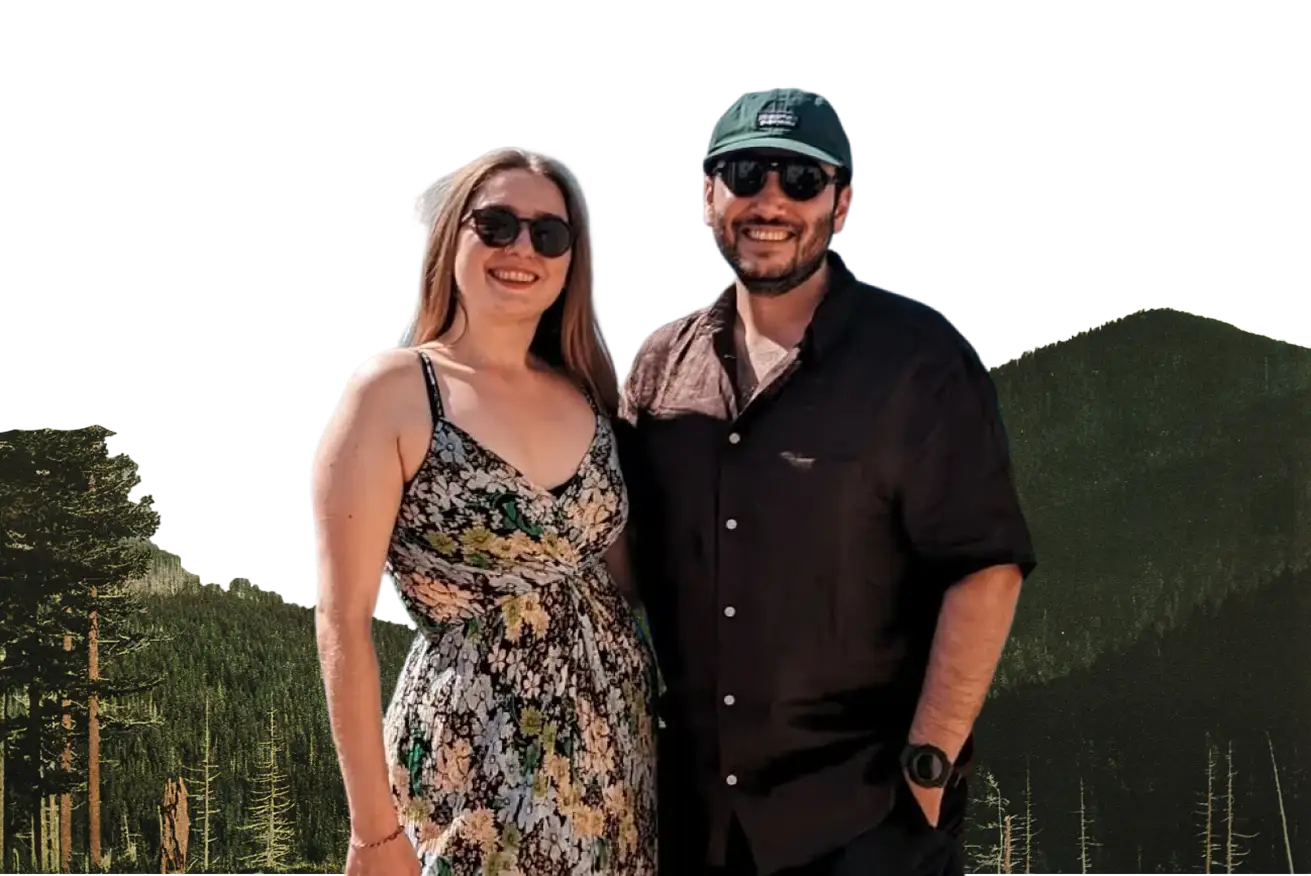Imagine a town that witnessed 12,000 years of continuous human history – a place where Romans, Byzantines, Artuqids, and Ottomans all left their mark, where ancient cave dwellings honeycombed cliffs above a vital river, and where a unique mediaeval bridge stood as a testament to centuries of connection. Now, imagine much of that irreplaceable heritage, that living record of millennia, deliberately submerged beneath the waters of a modern dam. This is not a hypothetical scenario; it is the recent and poignant story of Hasankeyf, an ancient settlement on the banks of the Tigris River in Southeast Turkey, whose fate has sparked global debate and deep sorrow.
For us, Ola and Riza, confronting the story of Hasankeyf and the Ilısu Dam project that led to its flooding is to grapple with some of the most difficult questions about our modern world: How do we value the deep past when it stands in the way of perceived progress? What is the true cost of energy and development when ancient cultures and landscapes are erased? And what responsibilities do we have to preserve such unique chapters of the human story for future generations? This exploration is a lament, a reflection, and a search for lessons from the echoes beneath the water.
Hasankeyf: A rich history on the Tigris River
Hasankeyf was not just an old town; it was an archaeological and cultural treasure of worldwide importance. Its key location on the Tigris River, one of the two great rivers of Mesopotamia (an ancient land in the Middle East, often called a "cradle of civilisation"), made it a popular place for people to live for many generations.
Evidence suggests people lived there from very ancient, prehistoric times (before written history). Over the centuries, it was home to Romans, Byzantines (from the Eastern Roman Empire), various Arab ruling families (dynasties), and local Turkic dynasties like the Artuqids (known for their 12th-13th century architecture here). Later, the Ayyubids (a dynasty founded by the famous Sultan Saladin in the late 12th century, known for his leadership against the Crusaders) also left their mark, as did the Mongols (an empire from East Asia that conquered vast areas in the 13th century) who passed through the region. Finally, the Ottomans (a Turkish empire that ruled for over 600 years) controlled the area. Each group contributed to Hasankeyf's layered history.
The town was particularly famous for its spectacular natural setting, dramatically carved by the Tigris River, with cliffs full of thousands of man-made caves that served as homes, workshops, and religious sites for thousands of years. Among its iconic (very famous and representative) landmarks were the remains of a magnificent mediaeval stone bridge, which was once one of the largest of its kind. Other important structures included the tall minaret (tower of a mosque) of the El-Rızk Mosque, the ruins of the Great Mosque, and the tomb of Zeynel Bey – a striking tube-shaped brick tomb decorated with blue-green tiles, a unique example of architecture influenced by the style of the Timurid Empire (a later Turco-Mongol empire from Central Asia). Numerous other mosques, mausoleums (buildings housing tombs), and public buildings also told the story of its past.
Crucially, Hasankeyf offered a continuous cultural legacy; it was a living town, not just an archaeological site, with a community whose way of life was deeply connected to the river and the ancient landscape. This rich, layered heritage (meaning many different cultures built one on top of the other over time) made Hasankeyf a unique outdoor museum, a place where one could literally walk through thousands of years of human history.
The dam and the deluge: A controversial choice
The Ilısu Dam is one of Turkey's largest hydroelectric projects, part of the Southeastern Anatolia Project (GAP), aimed at providing energy and irrigation (supplying water to land for farming) to the region. The decision to build the dam, and the following flooding of Hasankeyf and its surrounding valley, was met with decades of protest from local residents, national and international archaeologists, heritage organisations, and environmental groups. They argued that the dam would not only force thousands of people to move but also destroy an irreplaceable part of world heritage and cause significant environmental damage.
Supporters of the dam emphasised the economic benefits, particularly the generation of electricity and the potential for agricultural development. They also undertook a complex and costly project to relocate some of Hasankeyf's most famous monuments, including the Zeynel Bey Tomb, the El-Rızk Mosque minaret, and several other structures, to a new "Hasankeyf Culture Park" on higher ground, near the newly built town of New Hasankeyf.
Despite these relocation efforts, the vast majority of the archaeological site – including thousands of caves, unexcavated areas (areas not yet dug up by archaeologists), and the unique natural and cultural landscape of the Tigris valley around Hasankeyf – is now underwater. The historic town, with its way of life so closely tied to the river and the ancient cliffs, is gone.
Echoes under water: Lessons from a lost heritage
The story of Hasankeyf is a serious example with lessons that have meaning far beyond Southeast Turkey. Firstly, it highlights the irreplaceability of context. While some monuments were moved, an archaeological site is far more than just its individual buildings. It's the relationship between those buildings, the landscape, the unexcavated layers beneath the soil, and the intangible cultural heritage (the traditions, stories, and ways of life that cannot be physically touched) of the people who lived there. Relocating a monument preserves the object itself, but it often destroys its original setting and much of its historical meaning.
Secondly, Hasankeyf forces us to face difficult questions about the "value" of heritage versus "progress." How do societies decide what parts of ancient history are "worth" saving when compared to the perceived benefits of modern development projects like dams or highways? Are short-term economic gains always the most important factor? Who gets to decide what history matters most, and whose voices are heard in these critical decisions?
Furthermore, the flooding of Hasankeyf represents a form of cultural erasure. It's not just a loss of stone and soil; the stories, memories, and ways of life connected to that specific place are deeply affected and risk being forgotten. Documenting what was lost, through photographs, writings, and oral histories, and remembering Hasankeyf becomes a crucial act of resisting this erasure. Finally, many argued that Hasankeyf, with its thousands of years of history representing numerous civilisations, was part of humanity's shared world heritage. Its loss, therefore, has implications for us all and raises questions about international responsibility in protecting such important sites.
Bearing witness: What we can learn and do
Even though historic Hasankeyf is now largely underwater, its story remains incredibly relevant and offers important lessons. Understanding what happened at Hasankeyf is the first step. Sharing its story helps keep its memory alive and raises awareness about the ongoing threats to cultural heritage in many parts of the world. Globally, many organisations work to protect endangered cultural sites, and learning about and supporting their work can make a difference.
The story of Hasankeyf also encourages us all to think critically about development. When we hear about large projects – whether dams, mines, or major urban expansion – in areas that are historically or environmentally sensitive, we should be prompted to ask important questions: What are the true long-term costs, not just the economic ones? What cultural heritage might be at stake? Are there more sustainable alternatives that could achieve the development goals without such a high price in terms of lost history? If one has the chance to visit the new Hasankeyf or the region responsibly, it's important to approach the topic with sensitivity, listen to local perspectives on the changes, and observe how the relocated monuments are presented and how the new town relates to the dramatically altered landscape.
The fate of Hasankeyf is a clear and often painful illustration of the choices societies make and their long-lasting consequences. While the waters of the Ilısu Dam now cover a site of immense antiquity, the echoes from beneath that water continue to speak. They tell of the incredible depth of human history that often lies just beneath our feet, of the vibrant, diverse civilisations that have shaped our world, and of the profound responsibility we have to be thoughtful caretakers of their legacy. The story of Hasankeyf is a call to value our shared past more deeply and to advocate for more sustainable and heritage-conscious approaches to development.
.svg)




